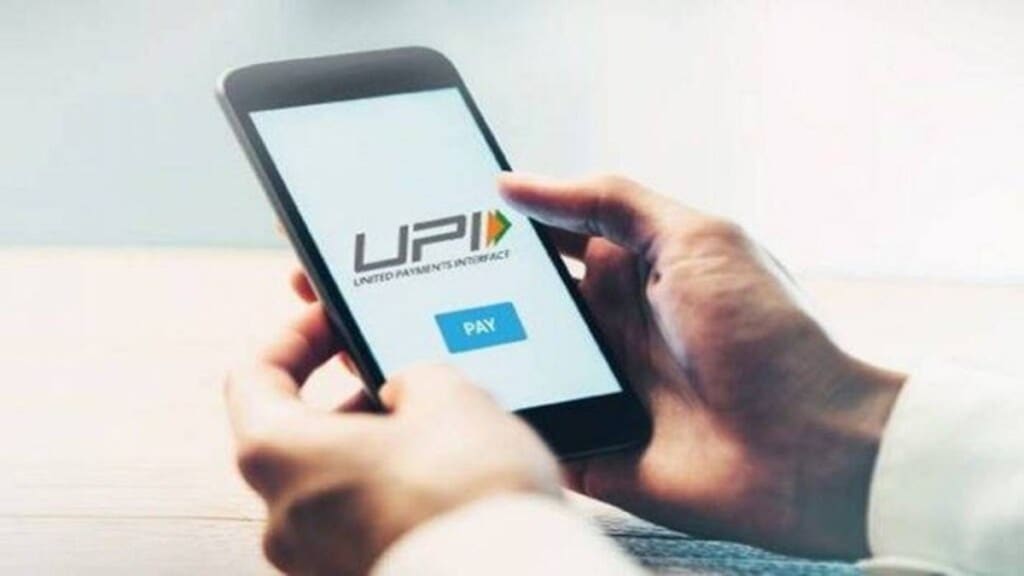The latest Reserve Bank of India (RBI) move to enable Unified Payments Interface (UPI) transactions from pre-sanctioned credit lines is unlikely hamper credit cards in the near-term at least as the latter will continue to pull customers through incentives like cashbacks and reward points, say experts.
“I do not see a challenge to credit cards because UPI via pre-sanctioned credit lines is a different instrument. Primarily, the credit line will be used by people who do not have credit cards,” a credit card head at a leading private bank said, adding that credit cards come with a host of value propositions, including an interest-free grace period.
Similarly, Bankbazaar.com chief business officer Pankaj Bansal feels that traditional credit cards and UPI via pre-sanctioned credit lines offer different benefits and will hence, these two products will co-exist.
Following up on the announcement made in the April monetary policy, the RBI on Monday, enabled UPI transfers to and from pre-sanctioned credit lines at banks. Currently, savings accounts, overdraft accounts, prepaid wallets, and credit cards can be linked to UPI.
Under the latest facility, payments through a pre-sanctioned credit line issued by a bank to individuals, with prior consent of the individual customer, are enabled for transactions using the UPI system.
Banks may, as per their board approved policy, stipulate terms and conditions of use of such credit lines. The terms may include, among other items, credit limit, period of credit and rate of interest.
While payments from pre-sanctioned credit lines will help expand credit market in India and help bolster UPI’s use case in the long-term, experts fear that the product may run into various operational challenges, which will make implementation difficult.
The sustained popularity of UPI payments through savings bank account can be attributed to the fact that bank account linked payments are free for both the merchant and the customer.
However, credit linked payments may have a merchant discount rate (MDR), that merchant will have to pay to the credit line issuing bank since there are credit costs associated with the credit lines.
In such a scenario, smaller merchants may be reluctant to accept credit line linked UPI payments as these entities are used to operating in a zero MDR regime, say experts. On an average, UPI payments have a ticket size of less than Rs 1,000 and a majority of these are made to small merchants.
On the other hand, credit card payments are typically of much higher ticket size and are typically made to larger merchants, who accept the MDR fee since it drives their sales volume. MDR on credit cards can range up to 3%, and this revenue allows credit card issuers to run incentive programs for customers, driving customer led usage, say experts.
“To compete with credit cards, banks issuing Credit linked UPI payments may have to run similar incentive programs to drive adoption amongst customers,” Rohan Lakhaiyar, Partner, Financial Services – Risk, Grant Thornton Bharat said.
“Given that UPI is treated as public digital good, a MDR similar to those applicable for credit cards may not be feasible to implement,” he added. While the approval rates for credit card transactions is at 90-95%, it is at a mere 60% for UPI transactions. This is because a majority of shopkeepers in India are registered for receiving peer to peer transactions.
However, experts highlight that any credit product can only work when the merchants are enabled to receive peer-to-merchant transactions, wherein, know your customer assessment is done by acquiring banks or payment aggregators that issue quick response (QR) codes.
“Many merchants may not have enough KYC documentation. So, enabling merchants to go peer-to-merchants is a critical bottleneck in the success of any credit line product on UPI,” Ranadurjay Talukdar, partner and payments sector leader, EY India said. Talukdar added that while the latest UPI offering has the ability to alter the payment landscape in India, a lot of clarity will be required from RBI and NPCI on how they propose to run the product.

